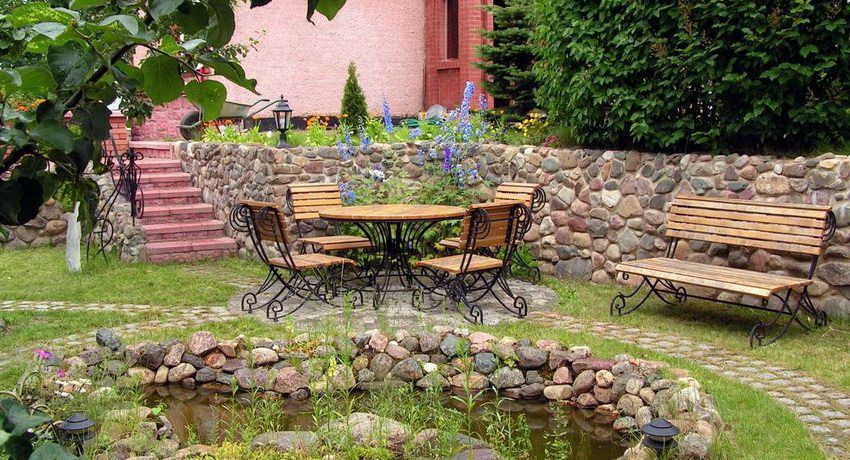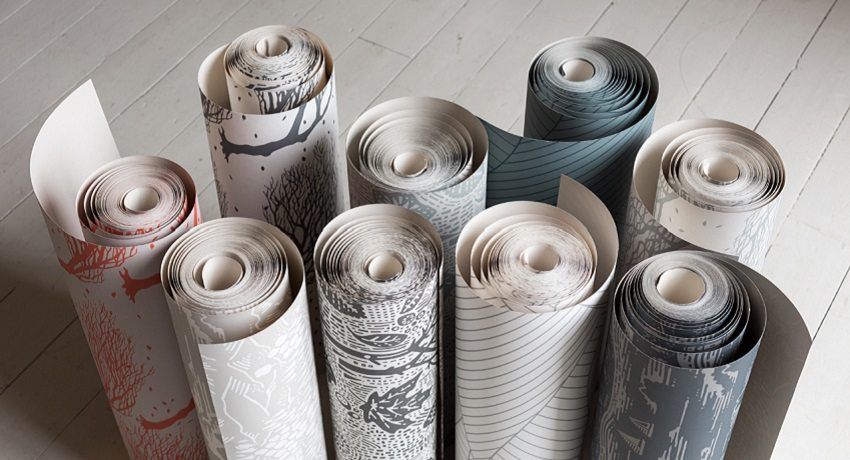Silicone plaster is less resistant to mechanical damage than acrylic, but does not get dirty and does not lose color when exposed to rain. In turn, acrylic material makes the surface flexible and resistant to mechanical damage. If you are faced with a choice between these two building materials, then it is worth knowing how acrylic plaster differs from silicone.
Plastering exterior walls – what you need to know?
Facade decoration is an important stage in the improvement of a structure for every owner. There are several reasons for this:
- this is an expensive investment.
- the facade is the face of the building, so the exterior finish will become the hallmark of the house.
Therefore, each owner is interested in carrying out plastering work with minimal costs, but so that the result is attractive and durable. It is important that the facade is resistant to discoloration due to rain, leaves, tree needles or any other factors that may affect its attractiveness. Often, to resolve this issue, home owners have to choose between materials based on acrylic and silicone..
Acrylic or silicone plaster: which is better
There are significant differences between the two solutions. The most important of these is the resistance to diffusion, that is, the degree to which water vapor passes through the plaster..
Acrylic plaster: differences from silicone material
Acrylic plaster is highly durable, which prevents water vapor from penetrating through it, and the silicone material allows steam to pass through. External acrylic plaster cannot be used to repair walls where moisture is present due to poor evaporation. Such building materials are used where buildings are exposed to mechanical damage. Acrylic makes the coating more flexible and impact resistant. It is used to decorate schools and other educational institutions where children often play football. In turn, for houses in urban conditions, silicone plaster is used, which cleans itself in the rain..
Silicone plaster is more resistant to mildew. It ensures the aesthetics of the facade for decades. Most often it is applied in relation to buildings that are located next to mines or busy transport routes..
In practice, acrylic-based material is used in most Russian houses. This is a classic facade plaster. The surface of such a wall becomes rough and takes on an irregular shape..
Acrylic plaster: application features
After the decision has been made to use an acrylic-based material, the question arises of how to apply acrylic plaster. Often, the work is carried out by professional companies, which have at their disposal special equipment that automatically applies the material to the walls. However, the process of applying an acrylic solution is always divided into several stages. The most important ones are:
- The application of the mortar begins with the preparation of the base (this can be done no earlier than a month after the completion of the concrete or cement work). The surface should be thoroughly cleaned, primed and allowed to dry completely. It is worth paying attention to the weather forecast, since the temperature at which the plaster can be applied and dried should be in the range from 5 to 25 ℃.
- The next step is the correct preparation of the material. It must be thoroughly mixed, preferably with a drill mixer..
- Only then can the solution be applied to the wall using a metal spatula. This should be done in a circular motion, without pressing too hard on the plastered surface..
Spray acrylic plaster can also be used outside. This facilitates work due to the accuracy and material savings when using the machine method. This is the fastest way to plaster external surfaces..
During plastering, it is also worth paying attention to the savings in the performance of work. When using building material, its consumption depends on the method of applying layers. On average, a package with material weighs 25 kg. When applied by hand, this package is enough for about 13-15 square meters. With the machine method, approximately 18-20 square meters can be plastered. The benefits are clear, which is why many contractors apply the material using a spray method. This saves money and time..

